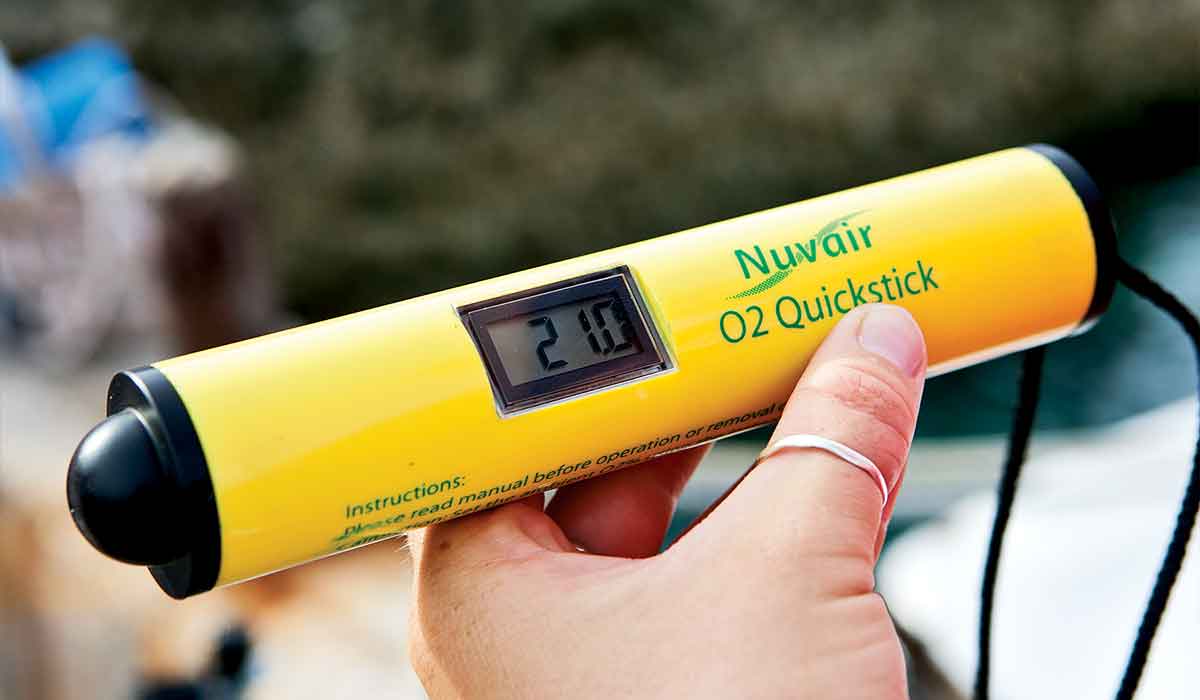For at least the last decade DAN has been suggesting using nitrox with air tables as a way to increase conservatism. It's fine and both CNS and pulmonary toxicity is basically a non-issue in non-deco nitrox diving. With modern computers you are probably better served to just reduce your GFhigh or bump up your conservatism setting. But either way there's 20 pages of drama here over nothing lol
"Given the role nitrogen plays in certain concerns for divers, including nitrogen narcosis and decompression sickness (DCS), it’s easy to see why reducing one’s exposure to it might be appealing. By reducing the amount of nitrogen in the breathing gas and replacing it with a gas the body metabolizes anyway, nitrox can lower the risk of DCS or even safely extend a diver’s bottom time, but it’s important to realize both cannot be done at the same time.
The decreased risk of DCS comes from a fairly simple concept: By reducing the amount of nitrogen in the gas mix, the diver absorbs less nitrogen into his tissues. Compared to the risk the diver would face diving the same profile on air, DCS risk is lower using nitrox, though the risk is not eliminated completely. To take advantage of the increased safety margin, divers can simply plan a dive as though using air and execute the dive using nitrox, though the MOD of the actual gas mix used must be observed."
Nitrox, or enriched air, is a valuable tool for recreational divers. Use of nitrox can lower the risk of decompression sickness. Read more about nitrox.

dan.org





